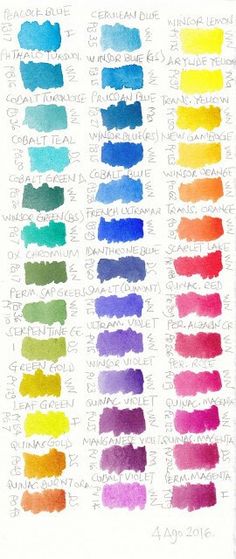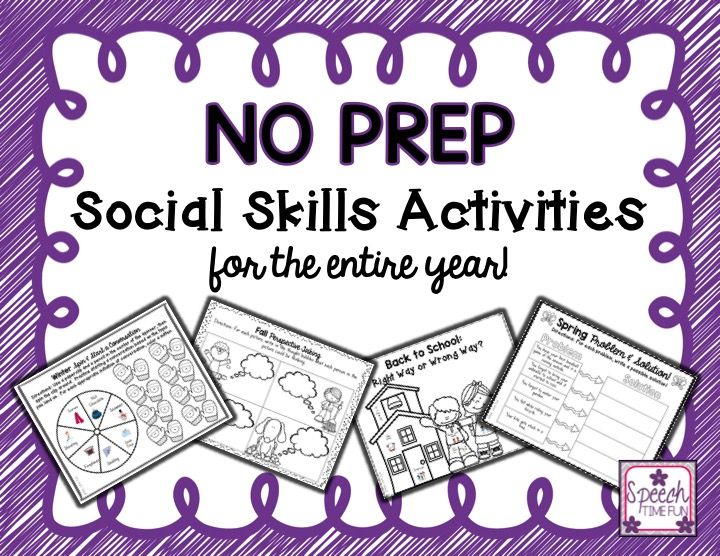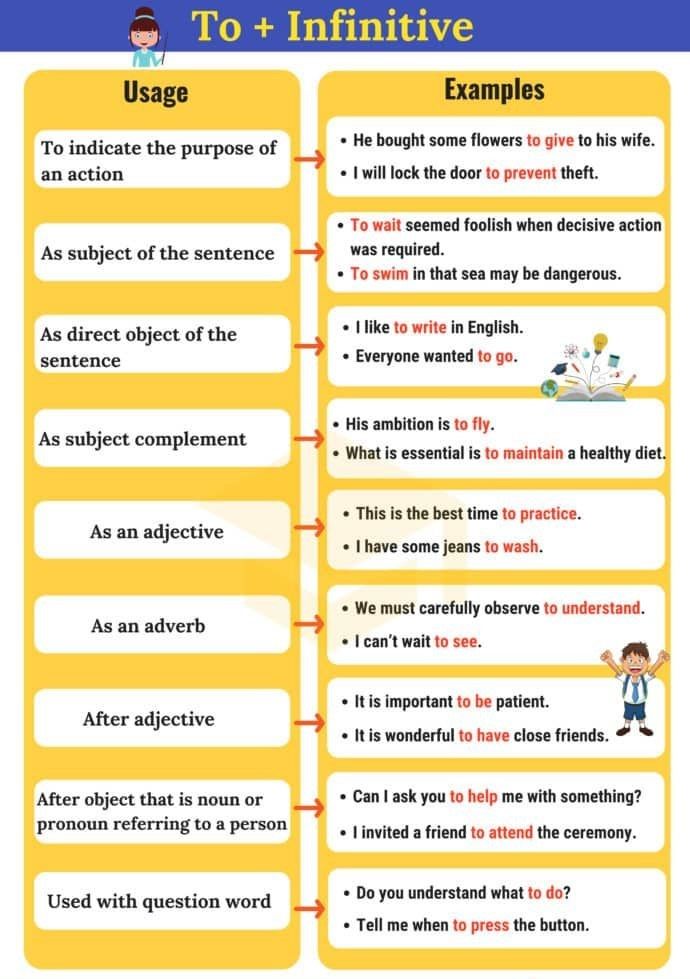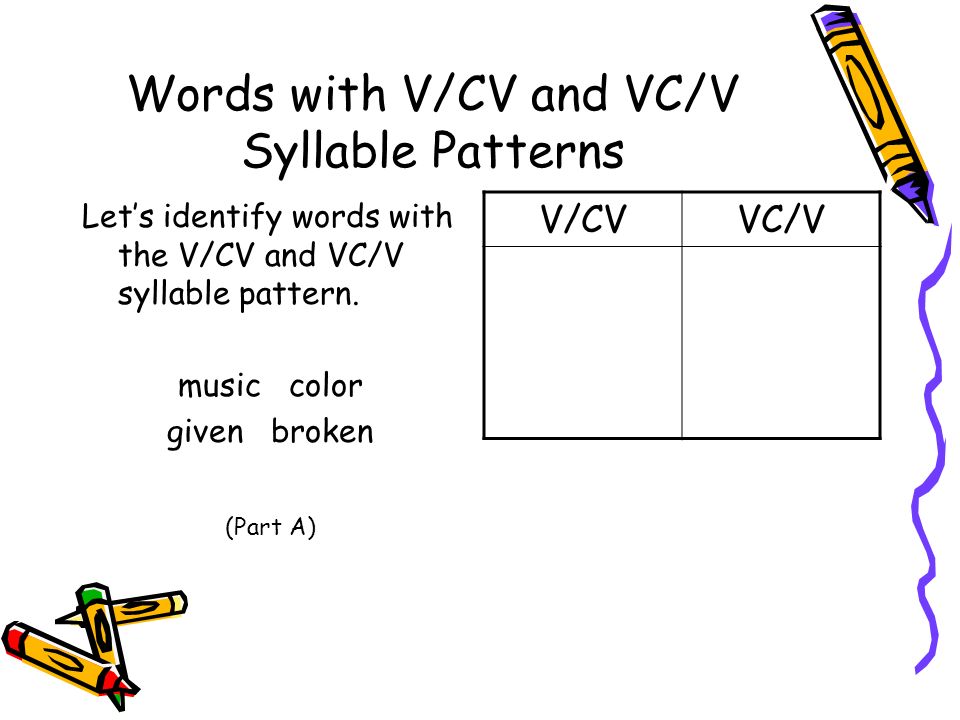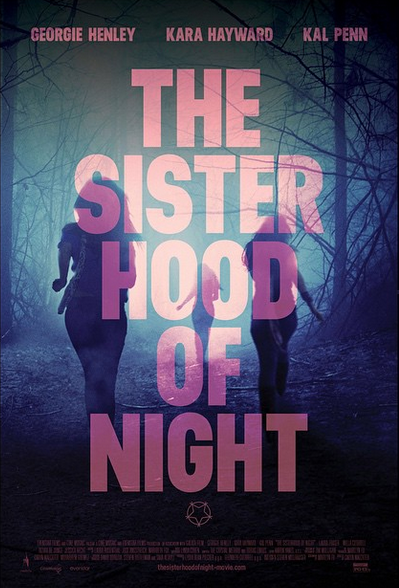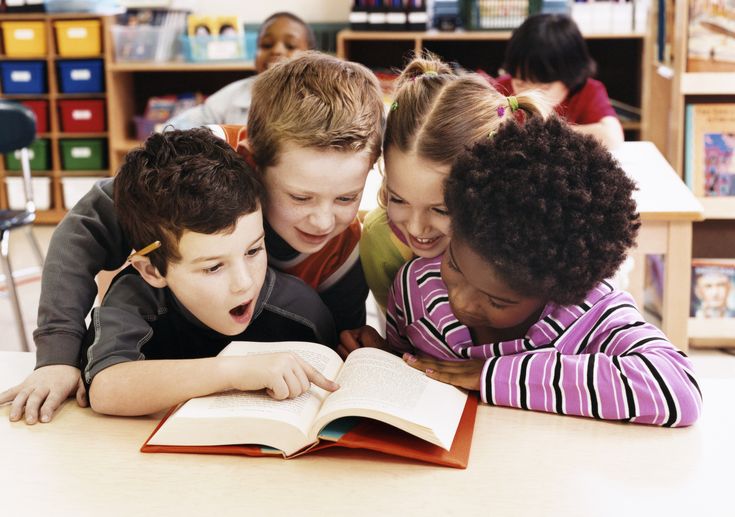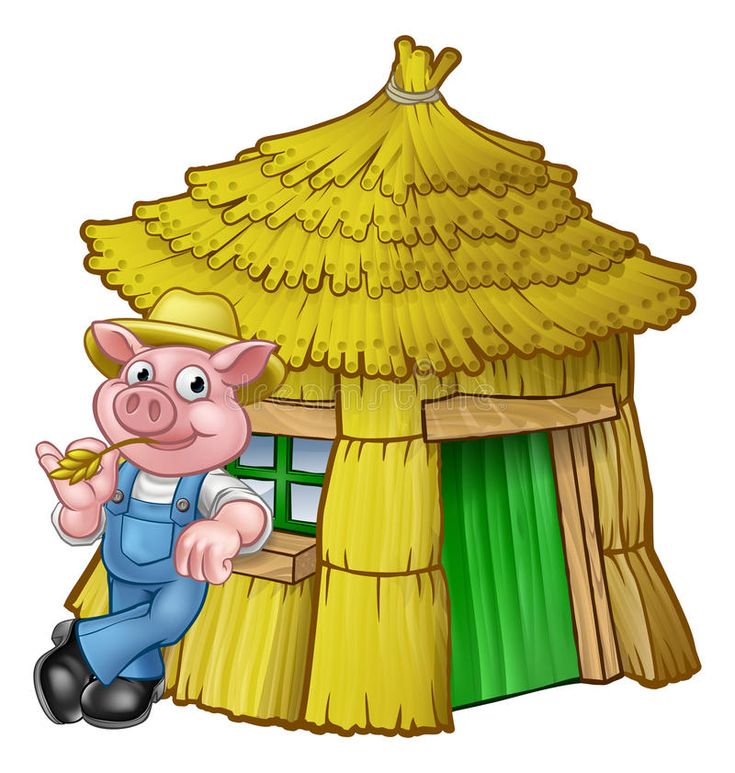Writing activities for kindergarteners
Writing Activities for Your Kindergartener
Kindergartners are often enthusiastic writers and they will weave writing activities into their play. Provide budding writers with experiences that give them something to write about. Invented spelling is normal at this age, as children are translating the sounds of spoken words into writing.
Children at this age can read their own writing and should be encouraged to read aloud!
Young children often mirror what they see around them: adults and older children writing lists, letters, text messaging. So make sure your child sees you writing! And talk about why you are writing about your writing so your child begins to understand why writing is important and the many ways it can be used.
Don't correct spelling and handwriting at this stage. Child specialists say “invented spelling” is just fine. Your role is to make writing fun and purposeful.
Invented spelling: your child’s first writing
This video is from Home Reading Helper, a resource for parents to elevate children’s reading at home provided by Read Charlotte. Find more video, parent activities, printables, and other resources at Home Reading Helper.
What does kindergarten writing look like?
Try these writing ideas at home
Label it
Young children love to name things! Ask your child to write out labels for the rooms and objects in your house. Don't worry about invented spellings! Help your child safely tape them up for temporary display. See a real-life example in this blog post, Using but confusing, with laundry.
List maker
Ask your child to help you make a grocery list or a "to-do" list for weekend chores. Your child can dictate the list as you write, to model the process.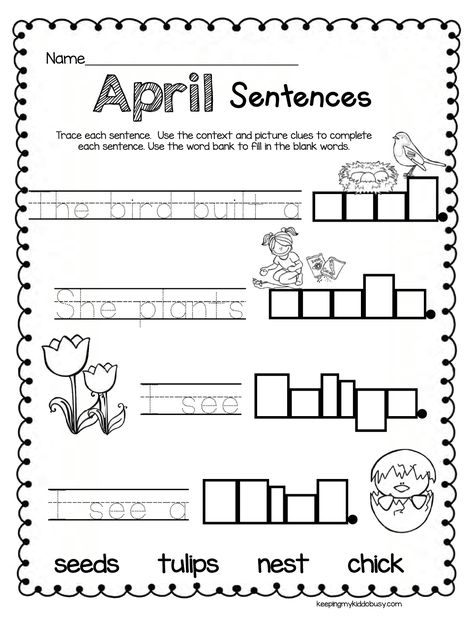 Then switch roles, and ask your child to write the list as you dictate.
Then switch roles, and ask your child to write the list as you dictate.
Family letters
Help your child write letters to relatives and friends. These may include thank you notes or just a special note to say hello. Be sure to send your child a letter or card once in awhile too so that she is reminded of how special it is to get a letter in the mail. And consider finding a pen pal for your child.
Family stories
Ask your child to draw a picture of a family activity and then write a sentence about it below the picture. Encourage your child to say the sentence and write letters to match the sounds in each word. Then have your child read what she wrote. Display the story on the refrigerator or a bulletin board — and celebrate the work!
First stories
Ask your child to tell you simple stories as you write them down. Copy the story as your child tells it, without making changes. Ask her to clarify anything you don't understand. Soon, your child will be writing her own stories.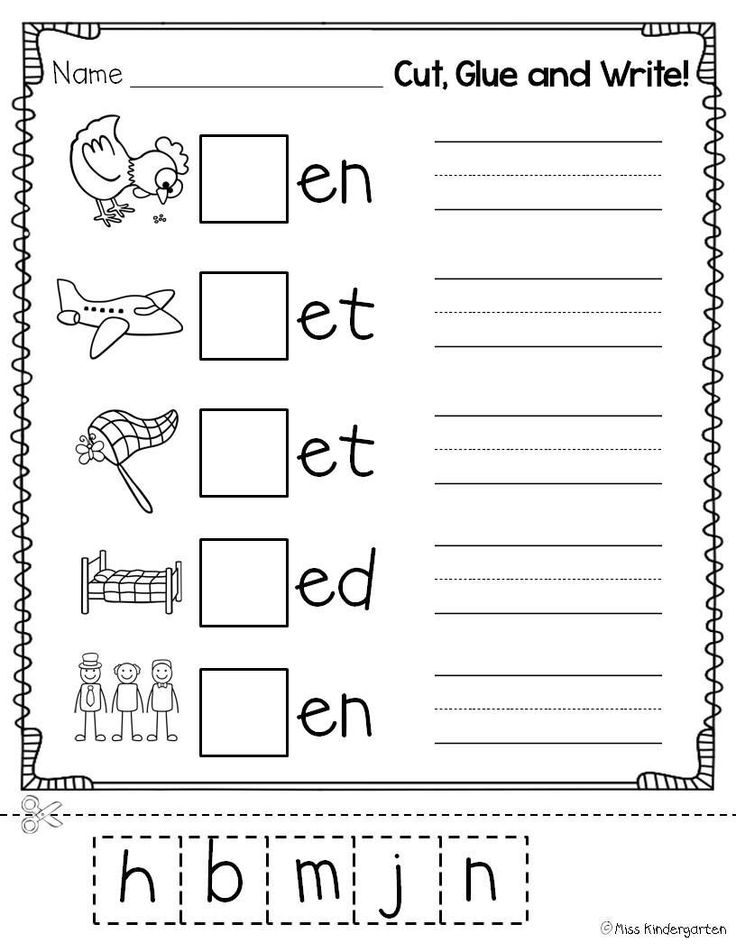 Here's a wonderful example of a story by a 5-year-old in the blog post, I like Writer's Workshop.
Here's a wonderful example of a story by a 5-year-old in the blog post, I like Writer's Workshop.
Author's chair
Identify a special "author's chair" in your home. That's where your child can sit and share out loud something she has written. Be an enthusiastic listener! This shows your child that others want to hear about her thoughts and ideas.
Reader's theater
Encourage your child to read her stories out loud. Listen carefully with patience, and give positive feedback about her ideas and her writing!
Bookmaker
Turn your child's writing into books! Paste her drawings and writings on pieces of construction paper. For each book, make a cover out of heavier paper or cardboard, and add special art, a title, and her name as author. Punch holes in the pages and cover, and bind the book together with yarn or ribbon.
Field notes
Encourage your child to take notes on trips or outings, and to describe what she saw, using all of her senses. This could include a description of a walk outside, a ride in a car or a bus, or other events that lend themselves to note taking.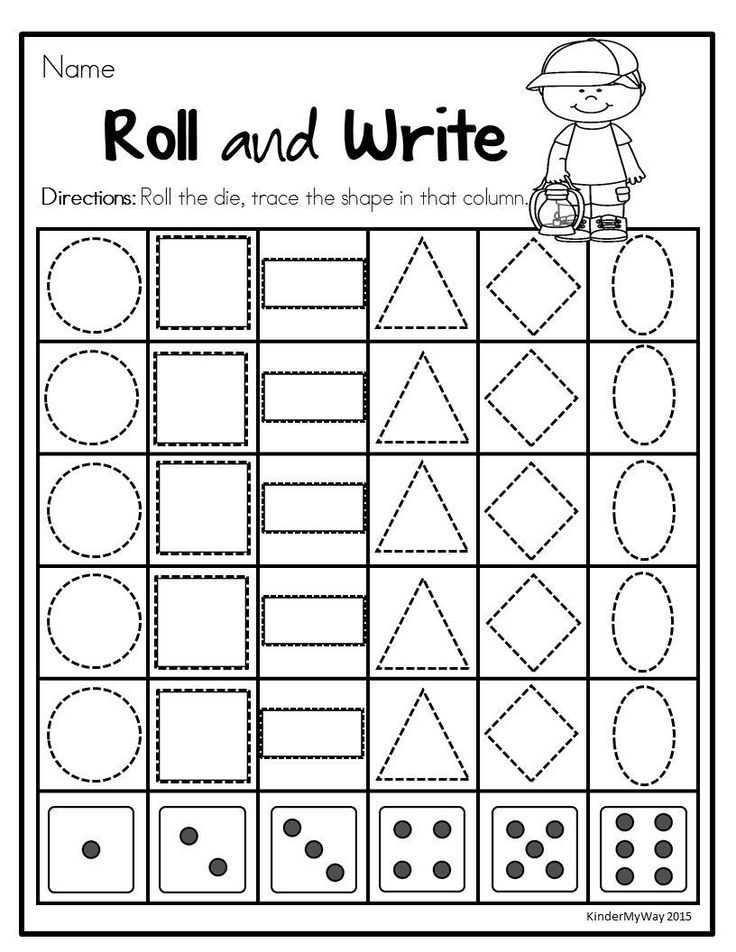
Message board
Hang a family message board in the kitchen and leave notes there for your child. Encourage your child to write a message back and post it to the board.
Reading supports writing
Read books together! Early and frequent exposure to letters, sounds, words, and stories helps kids learn to read and write.
Talk about vivid words
As you read to your children, point out things the book author did to make the book so fun to read. "Wow! Listen to how the author describes the ocean. Don't those words make you feel like you're back jumping over waves?"
Get your kindergartner writing!
This video is from Home Reading Helper, a resource for parents to elevate children’s reading at home provided by Read Charlotte. Find more video, parent activities, printables, and other resources at Home Reading Helper.
More writing resources
27 Fun Writing Projects for Kindergarten
While so often we feel the pressure to push the standards, push the benchmarks, push the curriculum down to a point where we suck all the fun out of learning, we also know in our hearts what five and six-year-olds need. We know what good teaching and learning are. To that end, we’ve come up with 27 Fun Writing Projects for Kindergarten, because sometimes, you just need to shut your door and do what you know is best (and if you’re lucky – you can leave that door wide open and share it with the world).
Writing with kindergarteners and first graders is in a realm of its own – and this year that fact is even more painfully apparent. How many times have you sat through a workshop or PD focused on writing, only to have most of it not apply to you? Or dealing with people who think all of elementary can share basically the same model, rubric, or report card lines? Yeesh.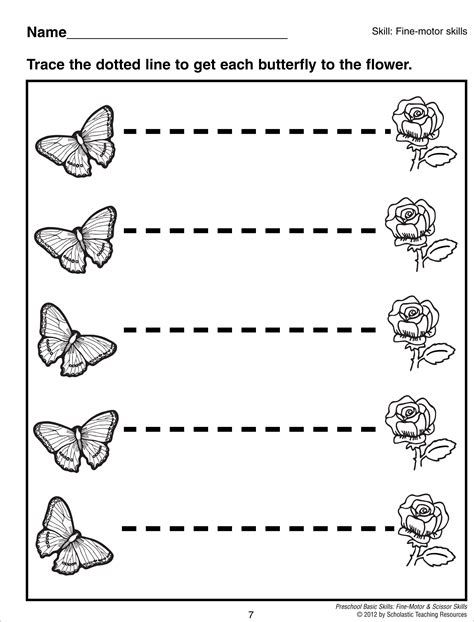 We’ve all been there.
We’ve all been there.
If you’re lucky, you’ve never been in that position. If you’re lucky, you’ve never felt like what you’re being asked (ahem, mandated) to do is inappropriate, asking too much of your youngest learners. Thankfully, we are good at letting people know that we are in a different world and that along with that world comes the joy of helping students recognize themselves at their earliest stages of schooling as authors. I will never forget the beginning of the year author celebrations I have held – the beaming smiles, the kids realizing that they are, in fact, authors. It is magical. 🥰
1. Nature Journaling –
These can be as simple or elaborate as you want to get – a stapled pack of papers or a fancy notebook. Regardless of what medium you use, kids LOVE to be outside. Why not incorporate nature into writing? Journal the changing seasons, observe your schoolyard and write five senses poetry, or simply partake in an, “I notice, I wonder, It reminds me of,” activity. Don’t think you have nature in your schoolyard? You’d be surprised at what your students can find.
Don’t think you have nature in your schoolyard? You’d be surprised at what your students can find.
Project 2. Letters to Family/Pen Pals –
Letter writing is a great, purposeful activity that kids love because they get to write all about themselves while practicing writing skills. I’ve done pen pals as well as letters to a special loved one Friday of each week to which that special adult then replies (I usually save these and bind them at the end of the year as a keepsake). Don’t have time to do a weekly letter? Penpals are another wonderful option. Join a Facebook teacher group (Fearless First Grade Teachers or another one!) to make a match with a teacher in another part of the world. Bonus for this one? Students learn about what it is like to be a kid in another part of the world and with how tech-savvy we’re all becoming with distance learning, why not set up a few Zoom events between pen pals over the course of the year?
3. Lists –
Lists are fun? I can hear you now… “Are you crazy?!?” I just may be, but I think lists can be a simple, engaging way for kids to write.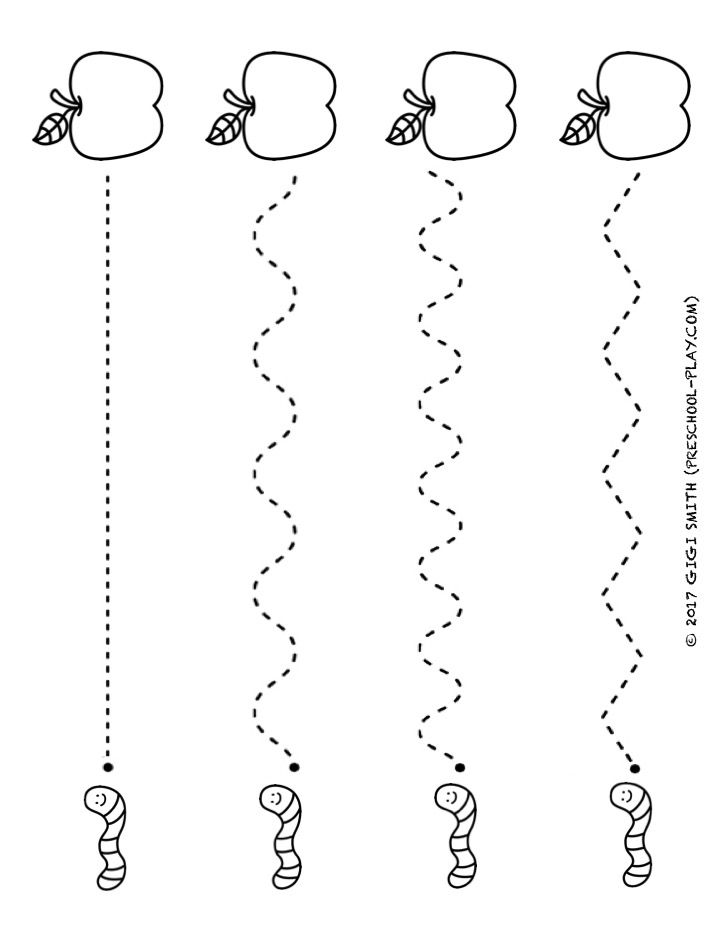 It is much less intimidating to write a word or two on a list than an entire piece. The lists kids can make are endless – my students were particularly fond of writing lists of kids in our class and their favorites in any category. One of the best things about list writing? It easily transfers to any number of situations and is incredibly purposeful – adults make lists all the time so this one is an easy one to have family involvement with as well. Groceries, anyone?
It is much less intimidating to write a word or two on a list than an entire piece. The lists kids can make are endless – my students were particularly fond of writing lists of kids in our class and their favorites in any category. One of the best things about list writing? It easily transfers to any number of situations and is incredibly purposeful – adults make lists all the time so this one is an easy one to have family involvement with as well. Groceries, anyone?
4. Persuasive Letters –
Kids are masters at persuasion and see a great deal of what they deem unfair in the world (sometimes rightfully so!). Help give them an outlet for their arguments by teaching them that adults will listen to them much better if they have a well thought out argument and a reason for the proposed change. My favorite thus far has to be the student that argued for an 80’s dress-up day each week. #scrunchiesandfluorescents
Project 5. Cards –
Partner up with a local nursing/assisted living home, especially now when they are on lock-down, to share the lightheartedness of children.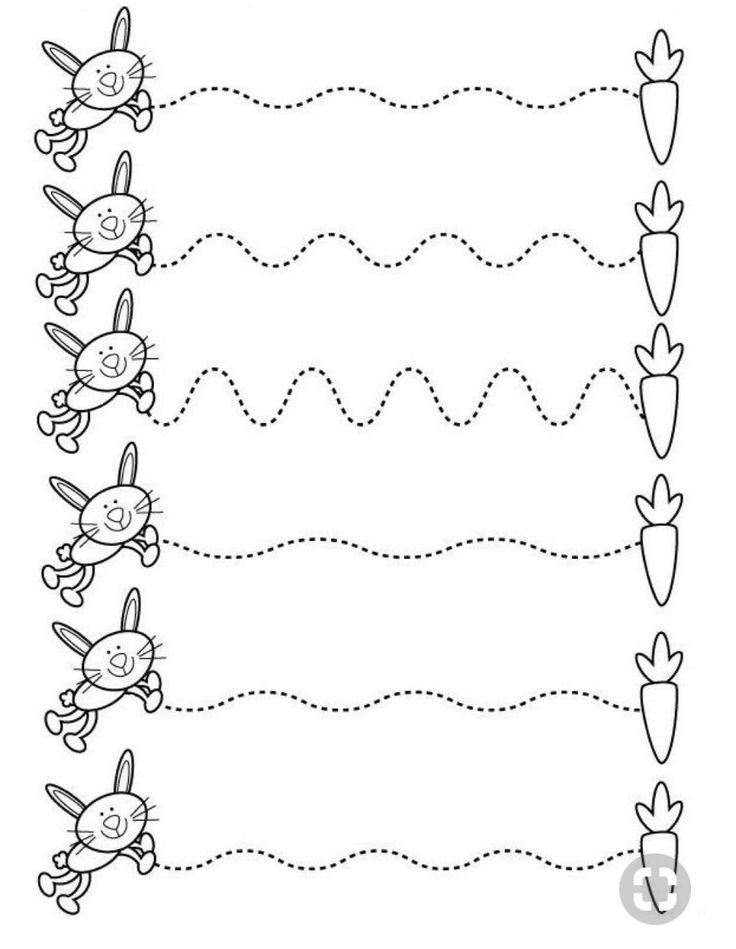 Kids can make cards for holidays or just because. Only once or throughout the year to a specific adult. What a great way to spread sunshine and kindness. Even more so if you are able to make a year-long connection (pen pal-Esque) for people who may be feeling very lonely and isolated. I mean, have you seen those videos of preschools in nursing homes? Have you read the research? The benefits abound for both groups of people!
Kids can make cards for holidays or just because. Only once or throughout the year to a specific adult. What a great way to spread sunshine and kindness. Even more so if you are able to make a year-long connection (pen pal-Esque) for people who may be feeling very lonely and isolated. I mean, have you seen those videos of preschools in nursing homes? Have you read the research? The benefits abound for both groups of people!
6. Sharing/Show and Tell –
Kids love to talk about themselves. We all know this. It is the topic they know the most about, too. Capitalize on this and use it for your sharing/show and tell time. Students are welcome to share in the manner you normally use but simply have them write their thoughts down first. (This could be done at centers or at home).
7. All About Me –
Many kindergarten classrooms have an all about me or star student routine. Simply extend this to have students make a mini-book all about themselves.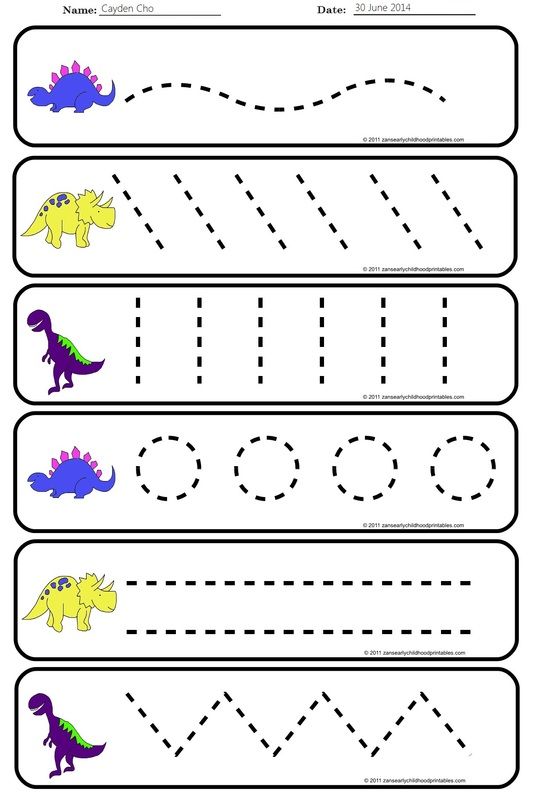 After their sharing day/week, add this book to your classroom library for kids to read (you may want to have the student dictate the piece to you and you add that to the page as well). Don’t want to get that in-depth? Make it a poster and hang it up in the room or by their cubby for future reference/reading.
After their sharing day/week, add this book to your classroom library for kids to read (you may want to have the student dictate the piece to you and you add that to the page as well). Don’t want to get that in-depth? Make it a poster and hang it up in the room or by their cubby for future reference/reading.
Project 8. Partner Compare and Contrast –
Compare and Contrast with a Partner, helps kids recognize what is the same, and different about them is so beneficial. I like taking large construction paper and making a modified T-chart or Venn diagram. After modeling, pair up kids who may seem very different from each other and have them talk and write together how they’re the same and how they’re different. This one does double duty and has the huge added bonus of community building!
9. Classroom Cookbook –
Take your pick on the theme. This is a hilarious writing project that can be created as a gift to families/loved ones. (Who are sure to love it as well).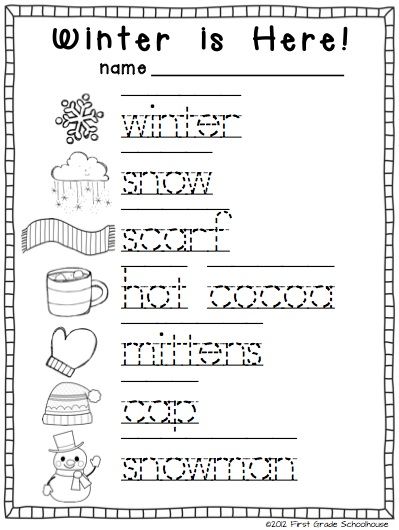 I’ve done this one around Thanksgiving, but you could really do it anytime. Have kids pick their favorite foods and write their recipes for what is included and how to cook them. A great activity to participate in after reading Stone Soup or another book about cooking.
I’ve done this one around Thanksgiving, but you could really do it anytime. Have kids pick their favorite foods and write their recipes for what is included and how to cook them. A great activity to participate in after reading Stone Soup or another book about cooking.
10. Pattern Books –
This is a fun reading extension for kids with their favorite picture books. It can be done as a whole group, interactive writing activity (with something like Seven Fat Cats by Joy Cowley) or you could have each student do their own page and bind it together for a classroom book (with something like Snowmen at Night by Caralyn Buehner). These books are always a big hit in the classroom library and are usually the first selected during choice reading time.
Project 11. Labeling the Classroom (or House!) –
Challenge kids to label things at home and have family take photos to share (send home with index cards) – Labeling is another simple, low-level entry into writing for some of those reluctant writers.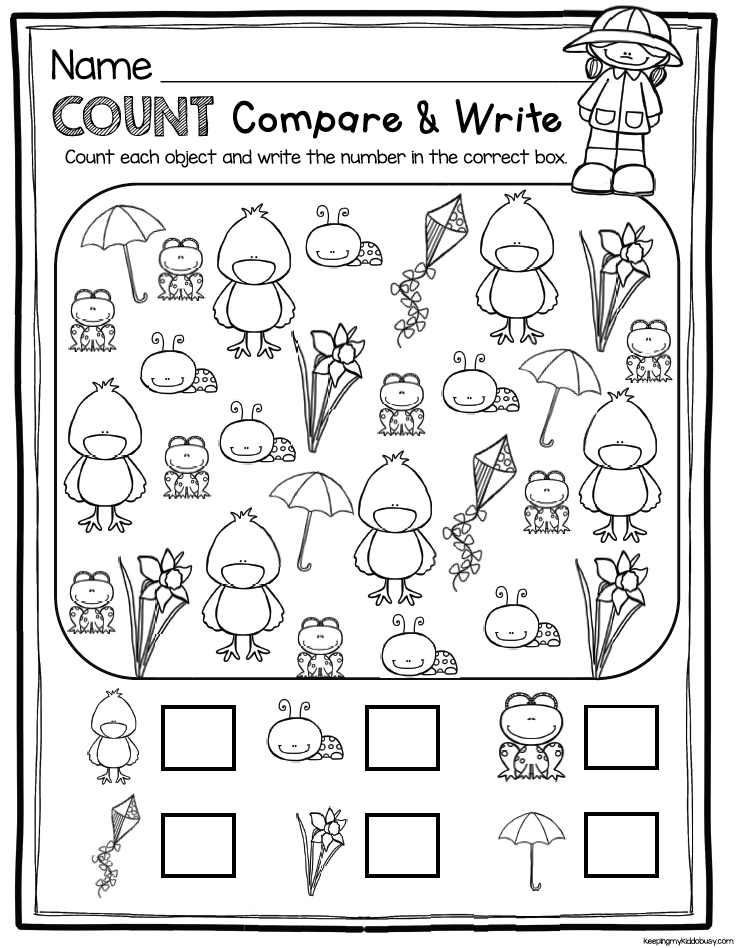 I love to start this off by having the students use post-its to label me. They giggle non-stop at my post-it laden body – but are learning at the same time (aren’t those the best times?). I’ve only been interrupted by other adults in the building a few times and they’re sure to giggle and whip out their cameras as well – so be ready for some embarrassing photos of you to circulate around the school!
I love to start this off by having the students use post-its to label me. They giggle non-stop at my post-it laden body – but are learning at the same time (aren’t those the best times?). I’ve only been interrupted by other adults in the building a few times and they’re sure to giggle and whip out their cameras as well – so be ready for some embarrassing photos of you to circulate around the school!
But seriously, labeling is a great place to practice writing – saying words slowly, hearing and recording sounds. I have done this in interactive writing as well. I would recommend putting together some scrap paper cut up into index card-sized pieces (think about all that paper that is copied wrong or only one-sided – virtual gold mine right there!) as a take-home kit or for use during centers so students can continue their labeling fun. Make it a competition and have adults at home take photos of their labels. See who can get the most labeling done in a given amount of time! Kids love a good competition (and benefit from learning how to lose gracefully once in a while).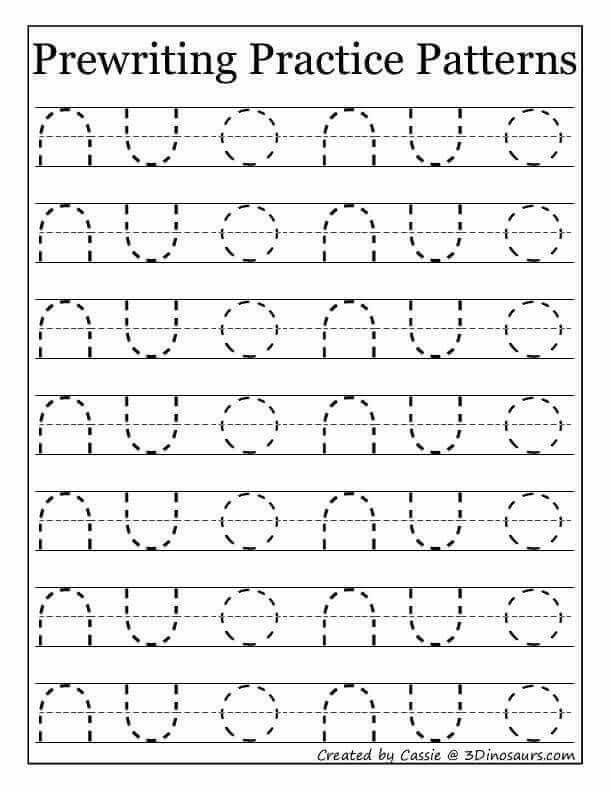
12. DIY Alphabet Chart –
Another low-entry but fun activity for kids….and when they make their own, they learn more and are more likely to use it in the future as a reference tool! You could do one together as a group during interactive writing and then have it as a center activity to work on at the beginning of the year. Once they have their personal completed chart, I like to laminate them and have them handy as a reference tool in their toolbox.
13. Gratitude Journaling –
Focusing on what you’re thankful for makes you happier – and don’t we all want our students to be happier? Help create a culture of gratitude that will span the years with easy to use sentence stems and fill in the blank. I like to make these easier at the beginning of the year and then as time goes on, increase the amount they need to write. Sight words like I and am can be traceable to start, then later on, fill in the blank. They could be a weekly or a monthly activity and make another great keepsake.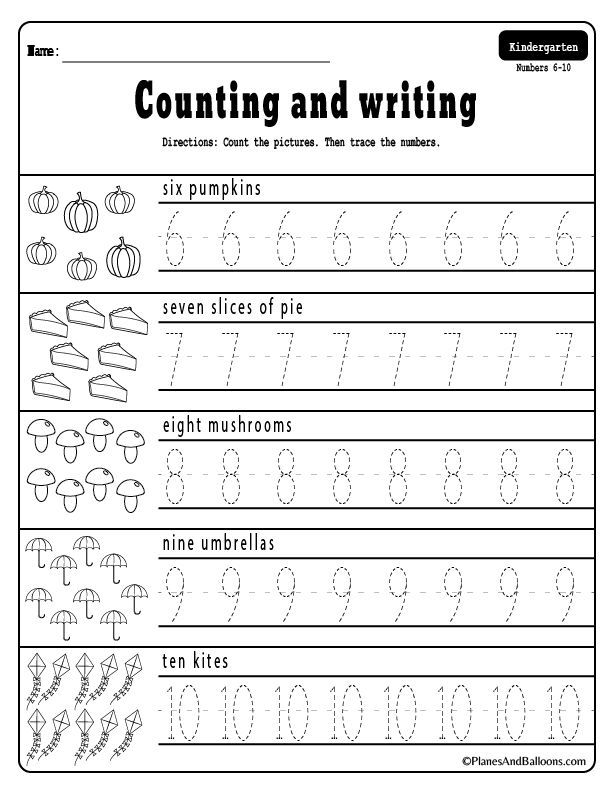
Project 14. Friendship Books –
This one gets my heart every time. I’ve taught in a few districts and at two of them, at some point, a community-building activity took place where staff gave compliments to other staff on a piece of circulating paper with their name. There’s some pre-teaching that needs to be done here, about complimenting people for their inside characteristics, not their looks, their clothes, etc…but once you’ve had some practice with that, oh… these are golden.
I recommend starting with a cardstock sheet that has the student’s picture on it and leaving scrap paper out by that. That way, you minimize the risk of ruining the entire sheet if one kid makes a big mistake or decides to write REALLY BIG (we all know that kid!). Later on, scan the scraps in and arrange them on one sheet to glue onto the cardstock (or print it all as one). Community building and seeing the good in others at its best!
15. Writing On/In Unique Materials –
Not looking for a big project, but want kids to have some fun with a quick, engaging activity practicing a phonics skill or sight words? Shaving cream, colored sand, oobleck, colorful glittery hair gel in a bag, scratch paper, glitter pens, sparkly markers, hidden message (white crayon and marker over the top later on), rainbow writing (using all the colors of the rainbow), play-doh, stamping, or chalk on the sidewalk/playground are all great ways to accomplish this! Sensory writing hits the mark with memory.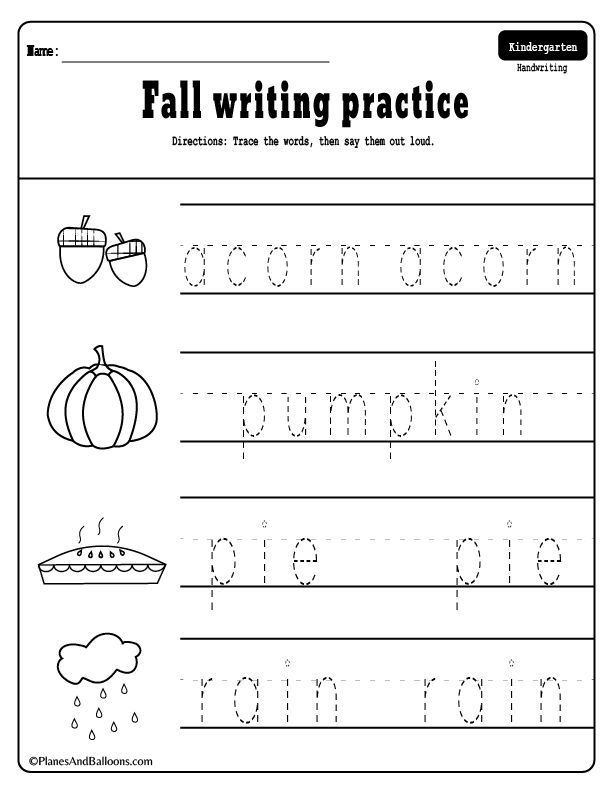 Have an easel in your classroom? Cabinets? Tables? Tape some paper up (or under in the case of the table) and have the kids do writing on these surfaces to encourage fine motor/hand muscle development (c’mon, we all know they need more of that these days)!
Have an easel in your classroom? Cabinets? Tables? Tape some paper up (or under in the case of the table) and have the kids do writing on these surfaces to encourage fine motor/hand muscle development (c’mon, we all know they need more of that these days)!
16. Word Scavenger Hunt 🔎
An easy center activity that kids love – like writing the room, but with zero prep on your part! Kids search the classroom, hallways, library, etc. (with an aide if you’re lucky enough to have one) for words and write them on clip boarded recording sheets. Get those kids moving! And who knew clipboards could make things so much more fun?!
Project 17. Little Books –
These are super simple preparation and can be used for a writer’s workshop or during centers. Just fold and staple some copy paper with lines for a title, author, and text on each page. Feel your kids out for how many pages they’re ready for at that point (start small) and model so they know what to do with them – then set them loose! These are great to share with the class when they’re done and really solidify the feeling of being an author.
18. Change the World Thought Bubbles –
One of my favorite projects I have done with students is during January. We spend most of our school year with an underlying theme of how we can make the world a better place, so this isn’t anything new, but I link it to MLK, Jr. By January, the kids have been exposed to a number of ways they can make a difference in the world and usually have no problem coming up with ways they want to make the world better for everyone, but I still recommend brainstorming some ideas during interactive writing first.
Then, I photograph the kids in front of a simple background with their best ‘thinking’ pose and print them in black and white. I trim them, but the kids glue their photo and a thought bubble with how they want to change the world onto a large sheet of black construction paper and finally sign it with their name and age in white colored pencil (I learned the hard way – crayon melts when laminating).
19. Shadow Tracing –
This is a fabulous integration of science and writing… Check out the shadow tracing activity from PBS Learning Media or use plastic animals for kids to trace. Take photographs of each stage and help kids assemble them into booklets (hello, sequencing!). Students can write about what happened each time they traced the shadow and why they think their investigation had these results.
Take photographs of each stage and help kids assemble them into booklets (hello, sequencing!). Students can write about what happened each time they traced the shadow and why they think their investigation had these results.
Project 20. Mystery Object Observations –
This is a great way to get students to practice using sensory words in their writing. Create a simple shoe-box with a hole in the side or a paper bag that has a mystery object inside. This could easily be a weekly center activity with some pre-teaching and modeling/practice during interactive writing (make sure you impress upon the kids that it isn’t about getting the ‘right’ answer to discourage peeking). Having a three-ring binder clip with sensory words on it as a reference can be a helpful addition.
21. Silly Sentences –
This engaging activity can be done with pictures or with sentence pieces. I used this as a center activity with pictures. I gathered a collection of strange photos (think gummy bears coming out of the bathroom faucet or a dog holding an ice cream cone), laminated them, and put one out a week.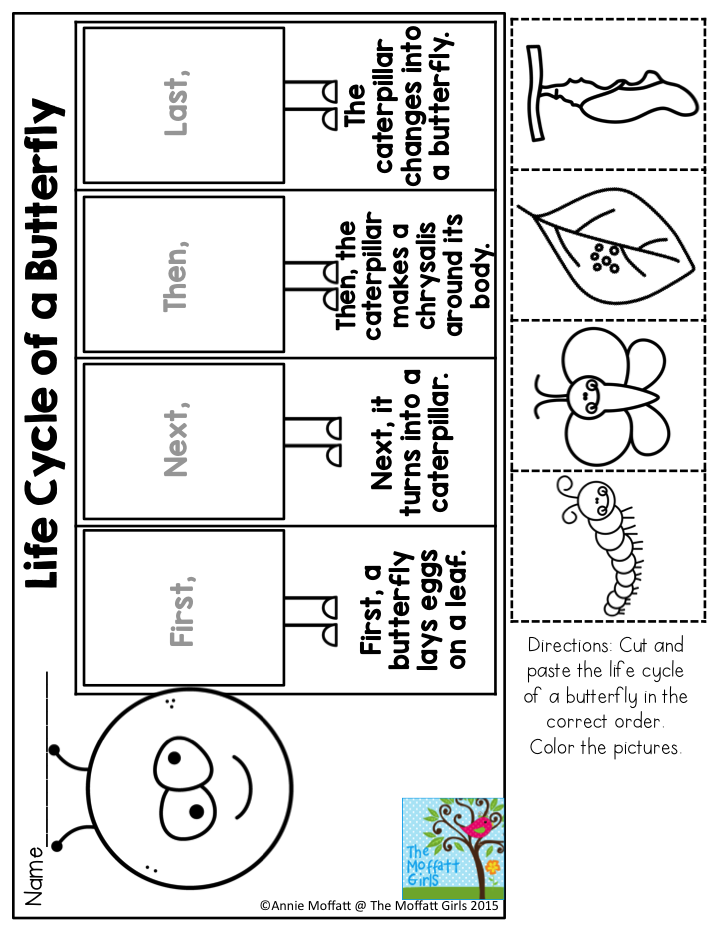 The students then had to come up with one asking and one telling sentence each week. Once the sentence was good to go in pencil, they could choose a glittery pen to trace over it.
The students then had to come up with one asking and one telling sentence each week. Once the sentence was good to go in pencil, they could choose a glittery pen to trace over it.
These photos could also be a story starter activity. Alternatively, I’ve done something similar with sentence pieces that the kids put together in a silly way (Think, “The dog read the weather report to the flock of seagulls.” “The teacher sang a book report for the backyard.”). Each part of the sentence is on a different color background, and the kids know they have to put them in rainbow order, not skipping any colors. Then, they write them down on their recording sheet and illustrate. These crack me up when I’m checking them and the sound of little giggles can be heard daily as they’re working…and is there anything better than little giggles?
22. Weather Report –
As a part of your morning meeting or classroom jobs, you could have a weather reporter. During soft landing time (as the kids trickle in and take care of lunch count, etc. in the morning), I would have the assigned student write a weather report for the day that they shared during the morning meeting. This can be done at a variety of levels, from circling images to writing the entire piece – depending on your students and the time of the year. Even better if you have an old blazer and fake glasses for the kids to wear while giving the weather report!
in the morning), I would have the assigned student write a weather report for the day that they shared during the morning meeting. This can be done at a variety of levels, from circling images to writing the entire piece – depending on your students and the time of the year. Even better if you have an old blazer and fake glasses for the kids to wear while giving the weather report!
Project 23. Classroom News –
An extension of the weather report can be a weekly classroom news reporter that gives their report on Friday during the morning meeting. Give them some support recording events of the week with a graphic organizer. – A sentence a day with the highlight to share is a great goal. To make it even more fun, give them some props like a desk to sit behind and a microphone. – Record it to share with families if you’re able! As with any ‘presentation’ activity, I always give my students the option to pass as some students just aren’t comfortable speaking in front of the class. Through community building, we are usually able to get everyone participating in the middle of the year, but it is always an option, never required.
Through community building, we are usually able to get everyone participating in the middle of the year, but it is always an option, never required.
24. Character Education Cards –
Interactive writing is such a great platform for kindergarteners to learn about writing. Why not use it to incorporate some of those things kids need to know that we never seem to have time in the day for anymore? Create a classroom set of character education cards, listing the trait, like sharing, with a definition and an example. Then, challenge the students to practice it for a given amount of time. Point it out whenever you or others observe it to encourage internalization of that trait.
25. Invent an Insect –
Do you teach insects in science? Did someone bring in a chrysalis or caterpillar they found? This is perfect! Give kids a jar template and have them draw a stick/leaves in the jar. Then using fingertip prints (with ink pads or a marker) have them create different insects and label them.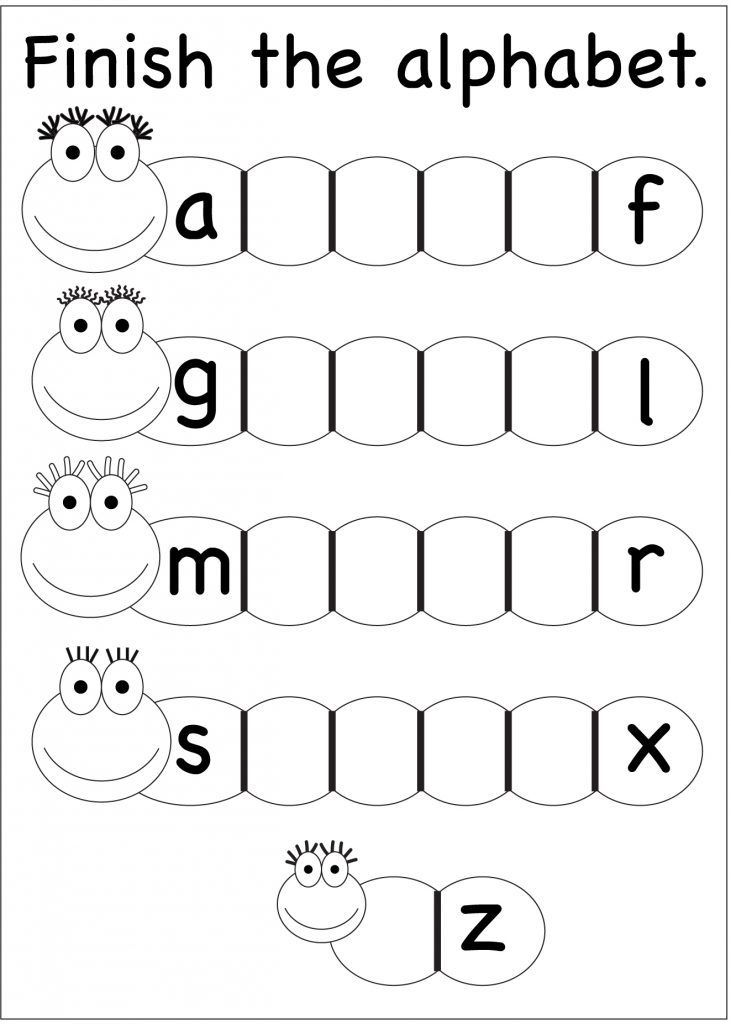 After labeling, they can write a sentence or two about their insects underneath the jar.
After labeling, they can write a sentence or two about their insects underneath the jar.
Project 26. The Eyes Are Watching –
Let kids express their creativity with this fun activity using simply a set of googly eyes! Give kids a set of googly eyes, (There are so many varieties to pick from!) and have them glue them on their paper. Starting with those eyes as the base, they draw a character (animal, human, or other) around them and write about their character. You can encourage them to base their character on different learning themes or units of study or let it be completely open-ended. This can be extended for a number of days by adding new characters to the story each day with a new set of eyes.
27. Bandaid Story –
Another low material project where kids get to write about themselves and their lives. It’s a big hit, especially as an option during centers. The students draw themselves, sticking a real band-aid on their picture in a place they got hurt at some point in their life.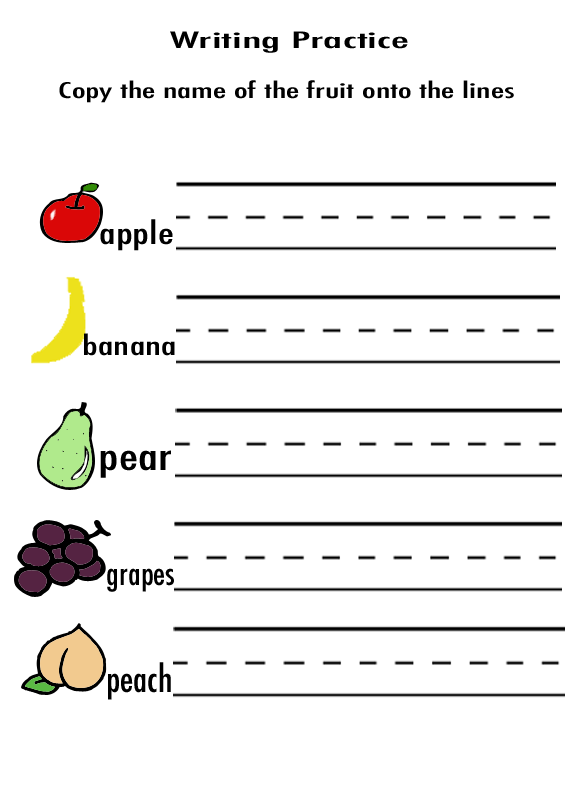 Then, they tell the story of how they were hurt.
Then, they tell the story of how they were hurt.
No matter what you do, we know that kids thrive when you make writing purposeful. (Why write if it is just to make your teacher happy?) Focus on what they can do and celebrate the small victories. (And make sure families understand that developmental writing is exactly what the kids should be doing right now!). Celebrate, celebrate, and celebrate some more! – By building in a sharing routine for their work, their confidence will only increase. They’ll want to write more and when they write more, they get better and enjoy it more.
If you have any Fun Writing Projects for Kindergarten that you enjoy doing in your classroom, please share them in the comments below. 👇🏼
Written by: Kristin Halverson
At Education to the Core, we exist to help our teachers build a stronger classroom as they connect with our community to find trusted, state-of-the-art resources designed by teachers for teachers. We aspire to be the world’s leading & most trusted community for educational resources for teachers.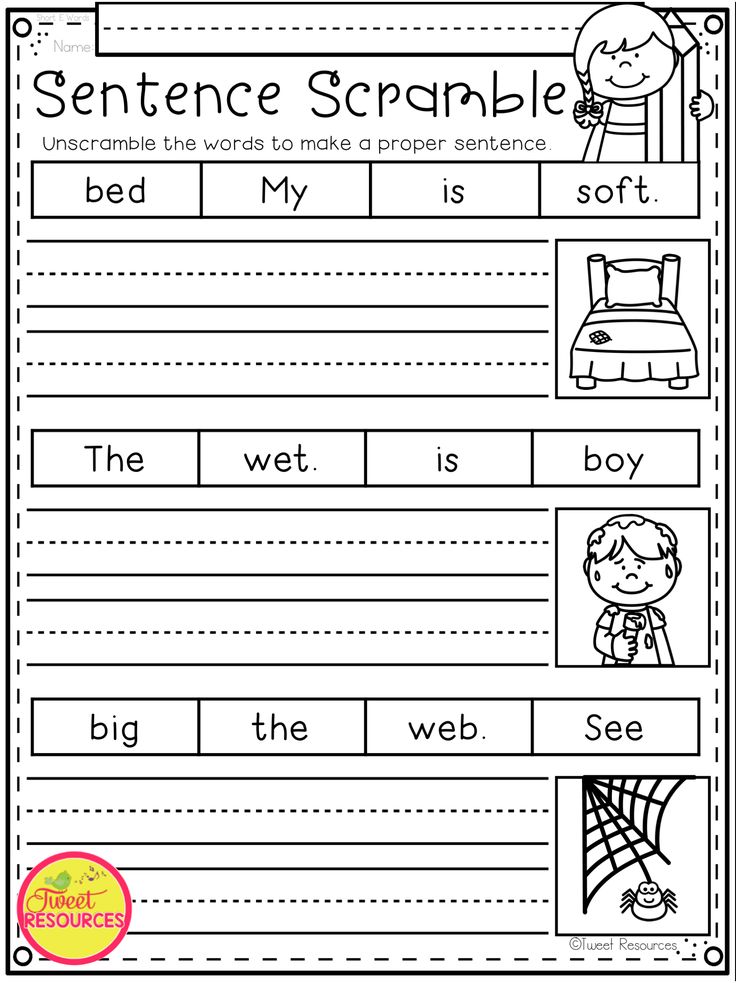 We improve the lives of every teacher and learner with the most comprehensive, reliable, and inclusive educational resources.
We improve the lives of every teacher and learner with the most comprehensive, reliable, and inclusive educational resources.
If you enjoyed what we have to offer at ETTC, be sure to join our email list, so you won’t miss a beat.
Comments
comments
Games-exercises for correction of dysgraphia and dyslexia: for children and adults
Nowadays, more and more teachers are faced with students who have reading and writing disorders. Parents ask: “What to do? I don’t know how to help?”, and the teachers shrug their shoulders: “Learn the rules, read aloud more often!” and sent to a speech therapist or defectologist. Well, if he is at school, but what if he is not? Such problems are most often left to chance: errors in reading and writing develop into omissions of signs and indices when solving problems in mathematics, physics, and chemistry. The student receives poor grades, and a persistent unwillingness to learn is formed.
It is even more difficult for an adult student who knows about his problems, but does not know what can be done about it, how to fix it.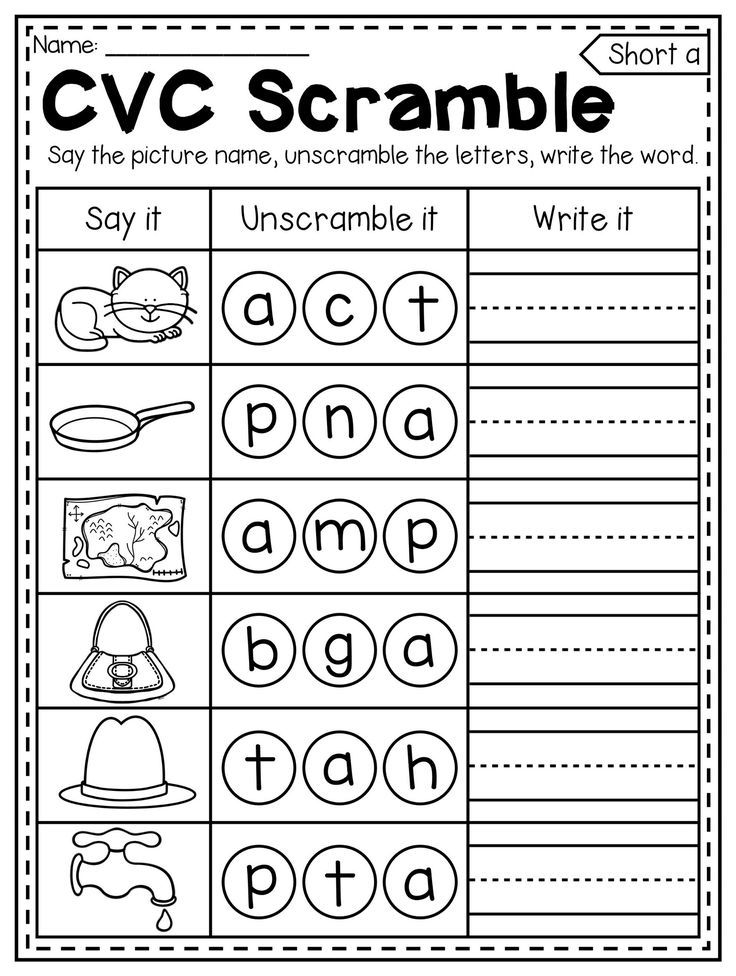 Most problems arise with technical terminology and abbreviations.
Most problems arise with technical terminology and abbreviations.
The article will present three exercise games that can be used to correct reading and writing disorders.
Neurocoloring for dysgraphia correction:
- Russian alphabet.
- English alphabet.
- Albums with assignments.
Dyslexia is a specific disorder of the reading process. It can manifest itself in the indistinguishability of the meaning of the read text, in the difficulty of assimilating and remembering letters and sounds, replacing letters when reading, changing case endings, etc.
Dysgraphia - a specific violation of the writing process. It can manifest itself in the replacement of sounds similar in sound, the distortion of words and sentences, the use of the reverse order of words in a sentence, the distortion of letters when writing, etc.
Dyslexia and dysgraphia is a large syndrome that includes impaired presuppositions of intelligence, cognitive immaturity, language deficits, frustration disorders, appropriate behavioral responses, and, finally, writing disorders directly.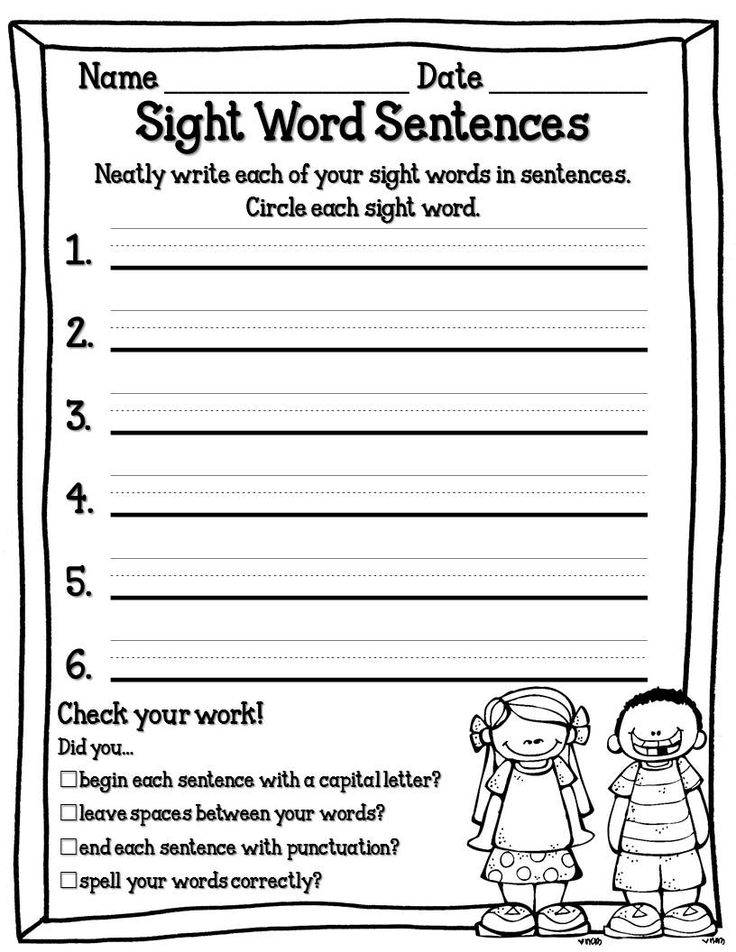 (Kornev A.N.)
(Kornev A.N.)
Since the types of disorders in dyslexia and dysgraphia are similar, they can be corrected together.
According to scientists, without the cooperation of the teacher and parents, success in correction is unattainable. Based on her work experience, the author believes that parents should be informed about all research results and discussed with them. Parents should know the goals of correction, immediate and long-term, the expected result and the estimated timing of correctional work. This is necessary not only for ethical reasons, but also contributes to the involvement of parents in the work and the formation of a sober view of things in them. The main task of parents is to consolidate the skills learned by the child.
Online course for educators, parents and neuropsychologists “Children with learning difficulties”:
- Brain. Instructions for use. How to influence the brain.
- Dyslexia, dysgraphia.
“Alarm bells”, adaptation of educational materials. Organization of training (in a group, at home, individually). Simple exercises.
- ADHD: how to teach and what to do.
- Adaptation of educational materials and organization of space, time, performance of dz.
- Removal of psycho-emotional stress (simple exercises).
- PMPK and tutoring.
You can take the course online here.
Exercise Game #1. Work on memorizing words and terms (their graphical version)
Compose dictionary words (or terms, for adult listeners) from syllables, circle them in different colors.
Speech material for first-graders: alphabet, crow, law, came in, call, textbook, teacher, glue, carpet.
Speech material for cadets and listeners on terminology (example): analysis, synthesis, verification, safety, accident, hook, auto pump, liquidation, arson.
! If possible, use word breaks or insert images and other visual cues to improve comprehension.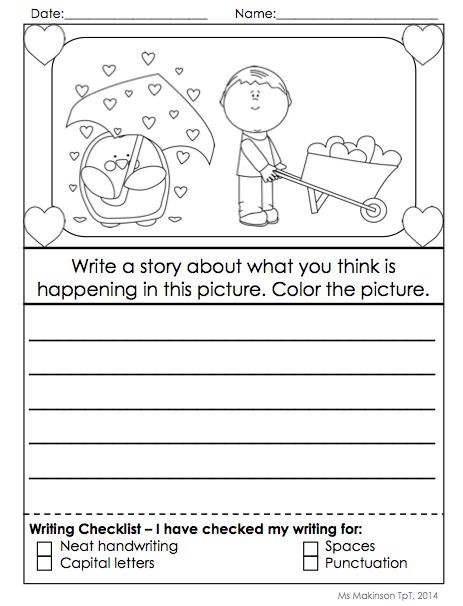
Exercise Game #2. Working on word order to help the child/adult understand the text.
Children's version.
Adding one word at a time, make up sentences based on the picture. Make sure your child follows word order.
Picture for exercise
LENA RIDES.
____ _____ on ________
____ _____ on ____ from ____.
_____ _____ on ___ from ____ ____.
Adult version.
The rules of the game are simple, but you need some equipment - special cards. In general, there is a real game, it is called Dixit (Dixit), but not everyone can afford to buy it. Therefore, you can create some of its elements yourself. The bottom line is this: players are dealt six cards. They depict various pictures - almost surreal.
For example, is a crooked anchor in the middle of the desert.
An example of cards for the gameThe essence of the game-exercise
- What associations come to mind?
- They need to be formulated in one phrase - and voice it to the rest.
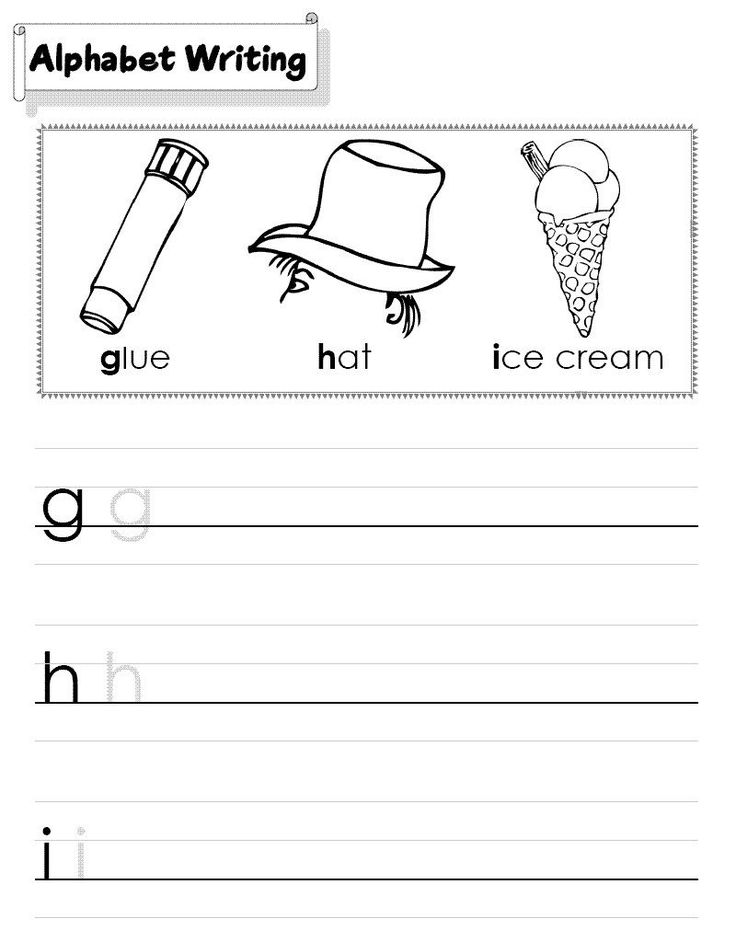
- Main condition: the phrase must be built in the order of words. Inversion and illogicality are unacceptable.
- Players choose a suitable card from their set according to the description and lay it out on the table.
The secret is that the description should be multifaceted, and the winner is the one whose card was not guessed right away.
- But the important element is that if no one can identify your card at all, you lose points.
- By the way, the cards themselves, or rather pictures, can be found and printed from the Internet at home.
Exercise game #3.
Children's version.
Sea battle game (borrowed from Bobkina O.G. - speech therapist of secondary school No. 5 in the village of Tavrichanka, Nadezhdinsky district, Primorsky Territory ). We are working on orientation to the plane, improving syllabic analysis and synthesis, forming an active and passive vocabulary of students.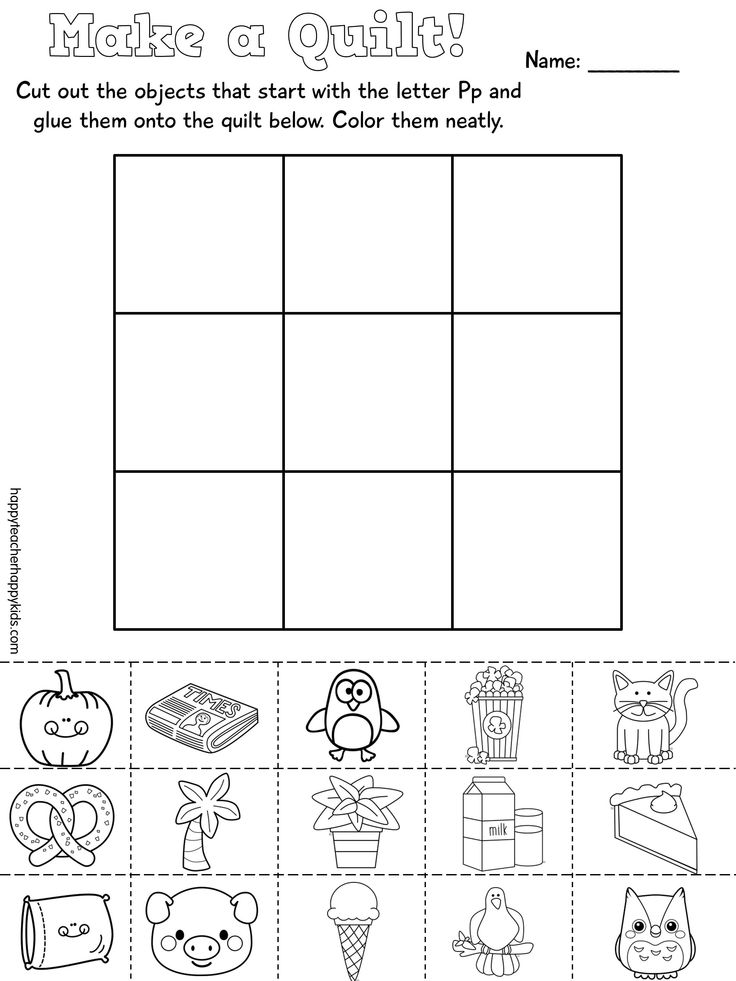
Children are offered a playing field on which ships are depicted with syllables written on them: the teacher / parent names a place on the field, and the children look for it and name the syllable written on it.
If ships are named in a certain sequence, then words can be made from syllables. For this, the named syllables are written out, and then synthesized.
Speech material:
Teacher/Parent: Students:
E-7, A-9 Tan, Ka, Pi = Captain
E-4, Mor = Mor MARINE
V-8 PORT
B-4, K-7 REG, BU = SHORE
K-5, A-7 Yak, MA = Lighthouse
Z-5, A-1 pro, Liv = Strait
Zh-7, G-2, S-3 slave, Co., Lee Ships
Zh-10, I-3 genus, city
I-8, d-3 sir, book-tugboat
E-5, B-6, Bukh, Ta-Bay
G-10, B-2 ROM, PA-FERRY
I-6, D-
Playing fieldOption for adult learners.
Fire Crocodile game. We are working on the development of observation, attentiveness, skills to build logical chains.
The rules are very simple. The participants are divided into two teams. The first team thinks of a word and informs its representative of the rivals. This is the chosen one, who must pantomime the word to his team. The pretender cannot speak, but members of his team can ask him questions, list the options that appear. Nodding your head “yes” or “no” to the person depicting the word is allowed - but no more! At this time, the team that made up the word can simply roll with laughter, seeing the efforts of opponents, often futile for a long time. If the word is guessed, the teams switch roles. Of course, a new player is set up for the image each time.
For those who are just learning the game, you can start with the elementary. It will be more difficult with abstractions: for example, the word “set” was guessed for a long time. Now imagine how you can portray "perfection"? If you have more or less figured out the words, you can proceed to the image of phrases, then - proverbs.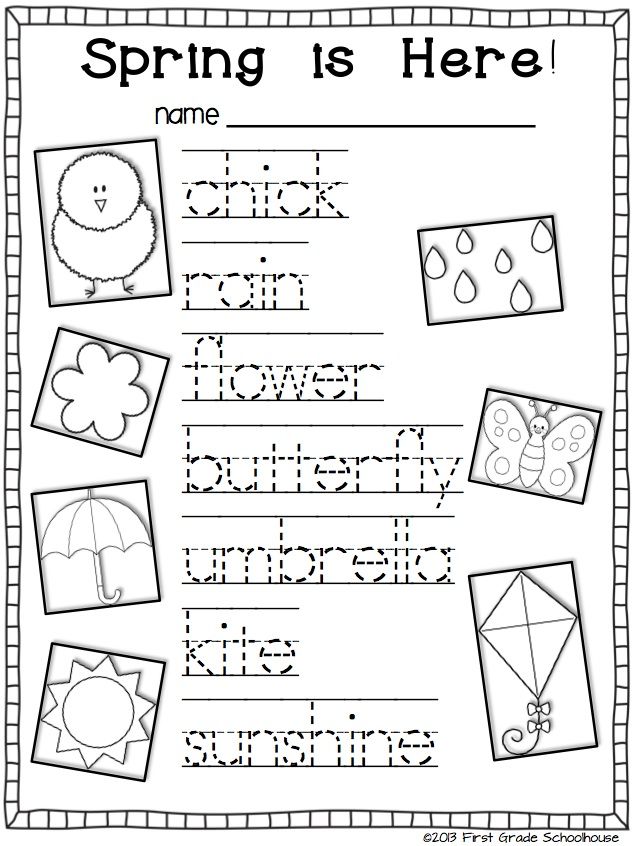
For warm-up: sleeve, management, fire, action, document, partner, parade
Collocations: fire tower, property damage, fire brigade, sketch of a fire.
Sayings and proverbs
- For a beaten two unbeaten give
- Tears of grief will not help
- Sleep on one side - thirty-six hours.
- If you like to ride - love to carry sleds
- Alone in the field is not a warrior
- Wedge kicked out
- The word is not a sparrow - it will fly out, you won't catch it
- Sleeps like a regimental horse.
- Whatever you call a boat, that's how it will float
- What burns will not rot.
- The fireman is sleeping - the Motherland is getting richer.
- No matter how much you feed a wolf, he keeps looking into the forest
- The eyes are afraid, but the hands are doing
- Metyl in the heel, but hit the nose.
- If you like to talk, love and listen.
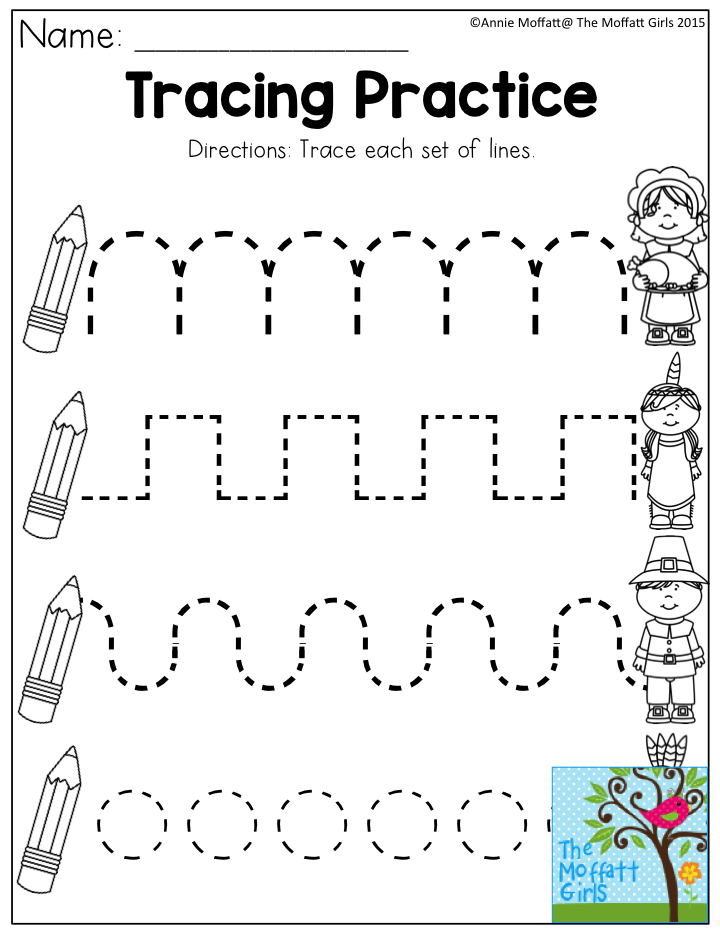
Practical material is given according to the complexity of tasks: from letters, syllables, to reading sentences and various types of texts. Assignments are playful and educational in nature.
The reasons for the difficulties of learning at school and university are very diverse, and therefore game methods must be strictly differentiated and individualized , i.e. correspond to the mechanisms of learning and behavioral problems in the institution, identified during a comprehensive neuropsychological examination, as well as to the gender, age and individual characteristics of the child's personality.
Read:
1. Kornev A.N. Reading and writing disorders in children: Educational and methodological manual - St. Petersburg: MiM, 1997. - 286 p.
For students with dyslexia (English):
Comic book.
Reading book: adapted texts in English + special tasks.
Articles on the topic
- Three exercises for the correction of dysgraphia
- It is useful to know: the main types of dysgraphia
- We correct optical dysgraphia in younger students: examples of game exercises
- Dysgraphia: We study written work of students
children: what to prepare for?
The abbreviation "PMPC" (Psychological-Medical-Pedagogical Commission) sometimes frightens parents and makes them worry about their child's future. Meanwhile, the main task of the commission is to examine children with learning difficulties, select an educational program taking into account their characteristics, and ultimately help them adapt to society.
Meanwhile, the main task of the commission is to examine children with learning difficulties, select an educational program taking into account their characteristics, and ultimately help them adapt to society.
What is PMPK?
There are now more than 1,400 PMPKs in Russia, which conduct more than one and a half million examinations every year, so if you are going to pass such a commission, your case is not at all unique.
The Psychological-Medical-Pedagogical Commission occupies a special place in the system of educational authorities and is created for the timely identification of children with special needs in physical or mental development, deviations in behavior. Based on the results of a comprehensive examination of the child, the commission prepares recommendations on the provision of psychological, medical and pedagogical assistance to the child and the organization of his education and upbringing. If necessary, the commission also confirms, clarifies or changes the previously given recommendations.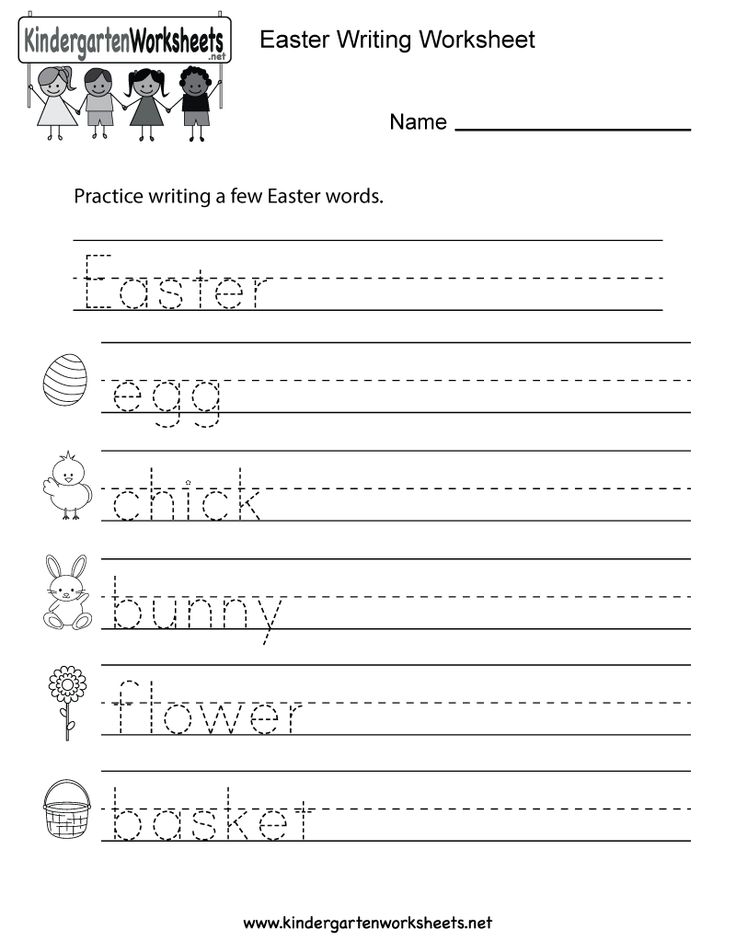
Who can send a child to PMPK and when?
Examination of a child at the PMPK can be carried out both at the initiative of parents (legal representatives), if they believe that the child has obstacles to mastering the program, and in the direction of the educational organization that the child attends, or the medical organization in which he is observed .
An examination at the PMPK may also be needed when registering a disability - in this case, the child is sent by the Bureau of Medical and Social Expertise (ITU).
PMPK is free and voluntary, so parents decide whether they need this service. You can find the nearest PMPK and find out its contact details using the PMPK Navigator.
What documents to prepare?
The first step to passing the commission is the preparation of a set of documents. First of all, these are passports of parents and birth certificate of (passport) of the child with a copy. Legal representatives must provide a document on their appointment as a guardian or trustee and a copy of it.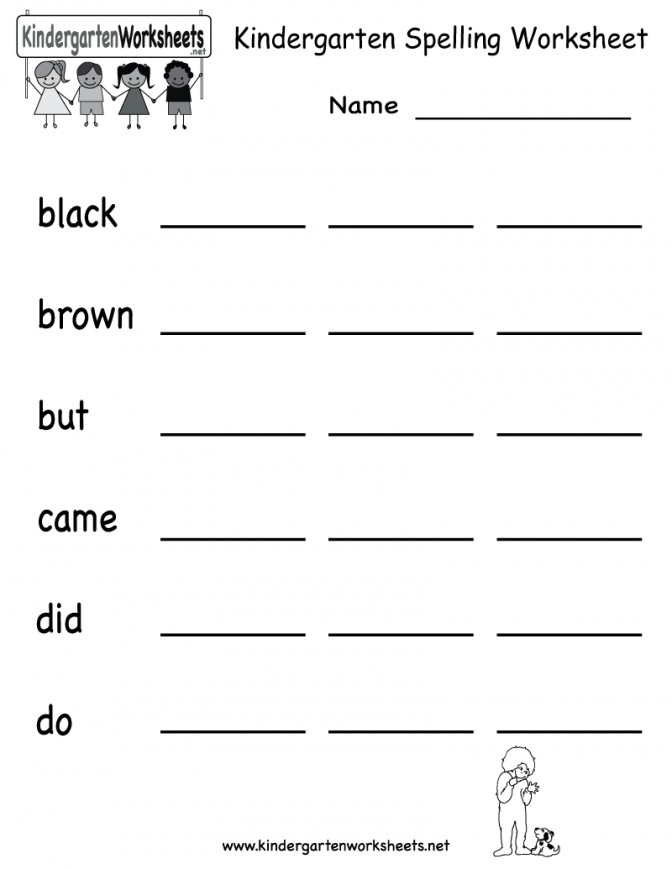
In addition, you will need to complete an application for a survey (if the initiative comes from parents) or consent if an educational, medical organization or ITU sends to PMPK. The application form is issued by the members of the commission, they can also help fill it out.
Another document - extract from the medical record with the conclusions of doctors who have a child. If the child goes to kindergarten or school, it will take 9 more0296 pedagogical characteristic issued by an educational organization.
You can attach other, additional documents - with their help, the commission will more accurately determine the most suitable educational route. This can be a referral from a school (kindergarten), a medical institution, the conclusion of a psychological, medical and pedagogical council or a psychologist from a school (kindergarten), as well as the results of other previously conducted examinations.
It would be useful to take with you written works in the Russian language, mathematics, drawings and crafts - in a word, the results of the mental and creative activity of the child. These works should be relevant - for the last academic quarter, for a maximum of six months. After examination, the commission will return the work.
What specialists are included in the commission?
Within five days after the submission of documents, the commission informs about the time and place of the examination. Together with the child, his parents (legal representatives) are also invited.
The commission includes: a teacher-psychologist, teachers-defectologists (according to the relevant profile: oligophrenopedagogue, typhlopedagogue, deaf teacher), speech therapist, psychiatrist, social pedagogue. If necessary, other specialists are included in the commission. All of them can sit both at the same table and at different ones - in this case, the child communicates with each of them in turn, answering questions and performing various tasks.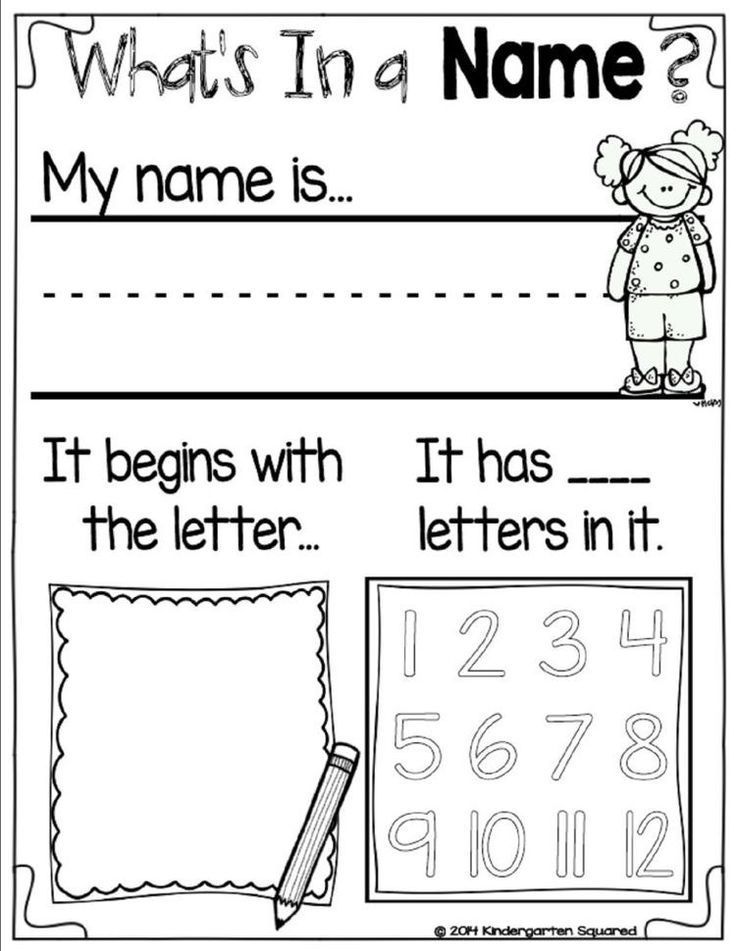 It is not uncommon for the examination to be carried out by one specialist, while the rest observe what is happening through a special glass, which looks like a mirror from the inside, so that the child does not see those who are behind this mirror. Teachers and doctors, observing what is happening, have the opportunity to participate in the survey, asking the child questions through a specialist who is in the same room with him.
It is not uncommon for the examination to be carried out by one specialist, while the rest observe what is happening through a special glass, which looks like a mirror from the inside, so that the child does not see those who are behind this mirror. Teachers and doctors, observing what is happening, have the opportunity to participate in the survey, asking the child questions through a specialist who is in the same room with him.
Teacher-defectologist determines the zone of the child's current and immediate development. This is where workbooks in the Russian language and mathematics, tests, dictations, essays or presentations come in handy, and for kindergarteners - creative crafts. This will allow the defectologist to understand the current stage of the child's development, assess the degree of assimilation of the program, highlight specific problems and clarify them.
He is also studying a testimonial from a school or kindergarten. Make sure that it records the overall assessment of the child's development through the eyes of the teacher, the nature of the assistance provided and its effectiveness, and, most importantly, describes what the child was able to teach (in accordance with the training program) and for how long.
Teacher-psychologist evaluates the behavior and nature of communication, higher mental functions, teacher-speech therapist - the level of speech development, the quality of oral and written speech. Social educator determines the child's social status.
The commission also includes medical workers , it is they who study the extract from the child's medical records.
If the child has problems with hearing or vision, the commission may also include a typhlo- and deaf teacher, an ophthalmologist, an audiologist and an otorhinolaryngologist (ENT), however, such narrow-profile specialists are not in every commission. In this case, it is necessary to provide a conclusion or the results of an examination by these doctors.
The duration of the examination depends on its tasks and the general condition of the child; on average, it takes from half an hour to an hour and a half. There are cases when the commission may decide on an additional examination on another day.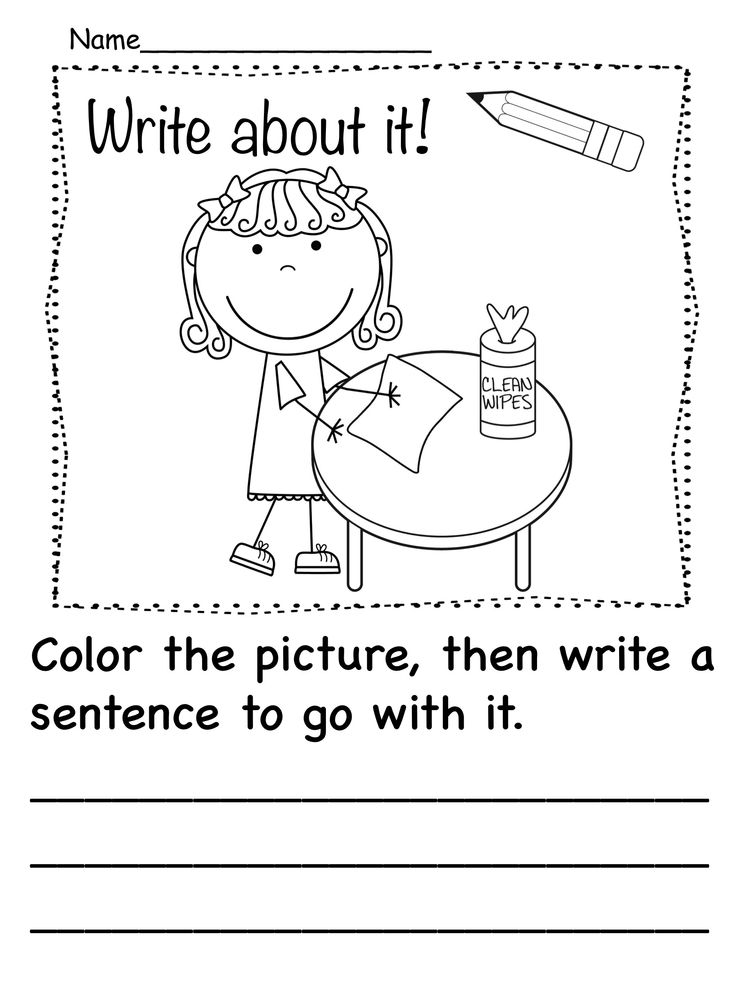
How is the examination carried out?
Questions and tasks at PMPK can be very different - it depends on the age of the child, his characteristics and tasks that the PMPK specialists face, so the procedure is individual in each case.
Inner circle
As a rule, the child is asked to tell about himself, his family, friends and home: what is the name, what is the job of the parents, how old is the child himself, his brothers and sisters. They may be asked to tell what games he or she plays with friends and how he or she spends time with mom and dad. Other frequently asked questions are the names of teachers and caregivers, the names of pets. These can also be general questions about the house where the child lives: how many rooms, what they are for, what they do in the kitchen or in the bathroom.
Knowledge about the world
Another type of questions concerns the world around: what is done day and night, on weekdays and weekends, how the day usually goes, how animals differ from plants, what are the professions. Here the child's ability to compare and compare is revealed: more and less, earlier and later, long and short, living or inanimate. Also, with the help of clarifying questions, members of the commission can find out if the child knows the colors, shape of objects, their relative position (on the table or under the table, standing or lying, and so on).
Here the child's ability to compare and compare is revealed: more and less, earlier and later, long and short, living or inanimate. Also, with the help of clarifying questions, members of the commission can find out if the child knows the colors, shape of objects, their relative position (on the table or under the table, standing or lying, and so on).
Logic and memory
In addition, there may be tasks for logic. For example, cards with images of objects can be laid out in front of a child and asked to combine them according to some attribute or remove the excess. For example, a bowl of soup, a tomato and a candy are food, and a car would be superfluous here. Also, for sure, the child will have to explain his choice.
The next type of task is to test memory: members of the commission name a few words and then ask them to repeat them in the same order, lay out pictures or objects, and then shift and ask to show what has changed.
Words and actions
During the performance of all these tasks, the speech therapist analyzes the child's speech: does the child build sentences correctly, does he pronounce all sounds, does he change the endings of words correctly.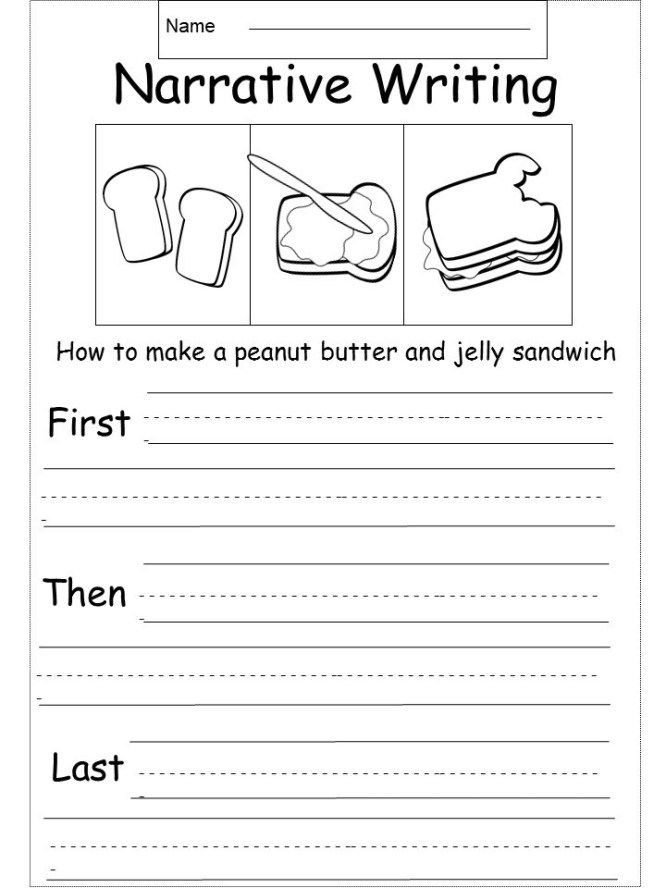 He can ask additional questions: ask to explain the meaning of any words (“What is a forest?”) Or make a short story based on pictures.
He can ask additional questions: ask to explain the meaning of any words (“What is a forest?”) Or make a short story based on pictures.
In addition, the child may be asked to show some action (“Show me how you draw”, “How do you put on shoes?”), talk about your desires (wants to eat, sleep, go to the toilet, go home), feelings (joy , fatigue, interest).
In some cases (again, depending on the tasks facing the commission), they check the development of motor skills: catch the ball, stand on one leg, and so on.
Is it possible to prepare for PMPK?
The level of all tasks at PMPK corresponds to a specific age, and an ordinary child with whom they are engaged will be able to cope with them. But even if difficulties arose during the commission, this does not always mean that the child is not able to learn.
For example, a child whose native language is Russian may find it difficult to understand some questions and express their thoughts. Also, the baby may be nervous in the presence of strangers.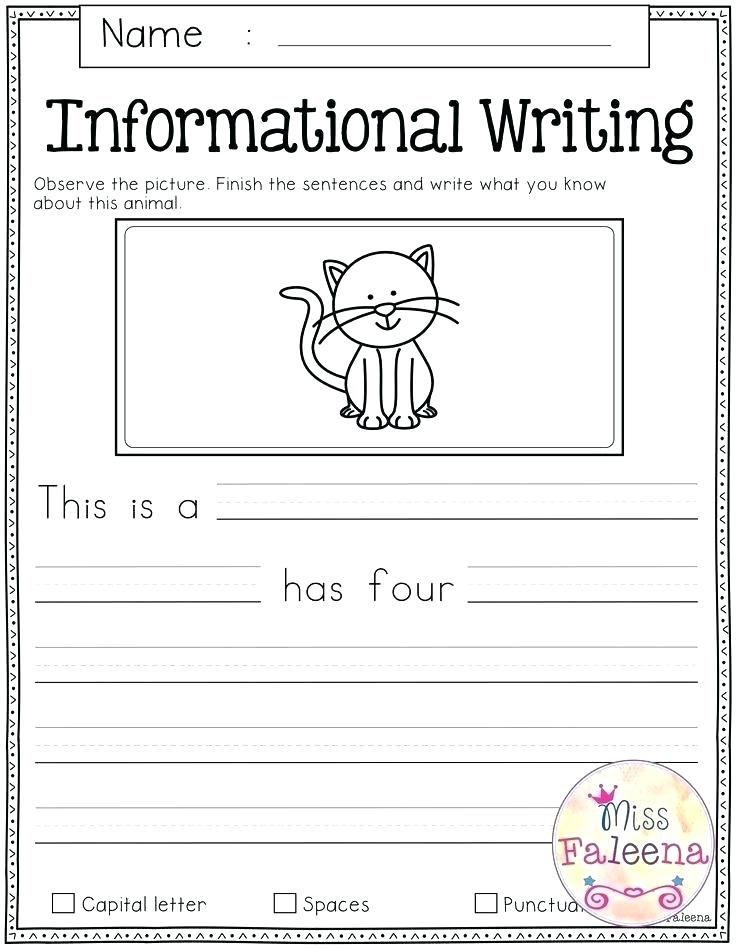 Before the examination at the PMPK, it is not advisable to memorize with the child all possible information about him and the world around him, because it is not known in advance which tasks will be offered to the baby. Therefore, the preparation of the child for PMPK should be psychological: it is necessary to tell him about the upcoming examination, set him up in a positive way so that he is less worried and generally understands what lies ahead for him.
Before the examination at the PMPK, it is not advisable to memorize with the child all possible information about him and the world around him, because it is not known in advance which tasks will be offered to the baby. Therefore, the preparation of the child for PMPK should be psychological: it is necessary to tell him about the upcoming examination, set him up in a positive way so that he is less worried and generally understands what lies ahead for him.
It is important that on the day of the examination the child feels well and is ready for work. It is better to postpone the examination date if he is sick. Try not to worry yourself and describe the upcoming event to your child as a big game where you have to complete many interesting tasks.
During the examination, support him, but do not prompt or distract him with your remarks. Arrange in advance with the members of the commission so that the discussion of the results takes place in the absence of the child, so as not to frighten or upset him. Given the duration of the procedure, you also need to have food and water on hand.
Given the duration of the procedure, you also need to have food and water on hand.
Listen carefully to the recommendations of experts and write down important information. Feel free to ask questions, clarify the meaning of terms and clarify incomprehensible points. After the examination, it is important to praise the child, even if his results did not match your expectations. In no case do not scold the child, do not criticize him. Believe me, this is a much more difficult test for him than for you.
The commission gives its opinion
Based on the results of the examination, the commission prepares a conclusion within five days that contains reasonable conclusions about the presence or absence of features in the child's physical or mental development and about the presence or absence of the need to create special conditions for the child to receive education. The conclusion may contain the following recommendations: what program to teach the child, whether it is necessary to use special textbooks and manuals, how to create an accessible environment for him, whether the child needs additional training sessions or sessions with a speech therapist, defectologist or psychologist (and which ones), which doctors be observed.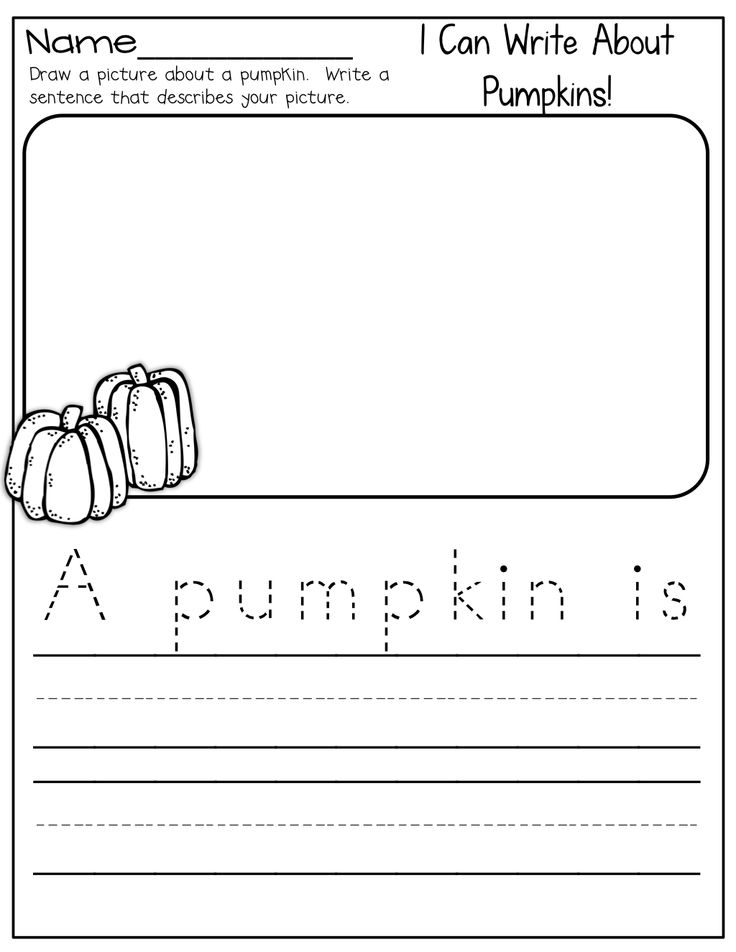
Parents receive a copy of the PMPK conclusion. This is an important document in a child's life. It confirms the right to ensure the special conditions specified in it when receiving education.
In addition, according to the law "On Education", educational organizations must create conditions for children specified in the recommendations of the PMPK, and the regional authorities are obliged to allocate funds for this.
How to appeal the decision of the commission
Parents (legal representatives) put their signature on the conclusion - this is confirmation that the child passed the commission in their presence, the parent is familiar with the conclusion of the PMPK and received a copy of it in his hands. The conclusion of the PMPK commission is advisory in nature: parents are not obliged to follow the recommendations of specialists and can appeal against them.
If you disagree with the conclusions of the territorial commission, you can apply to the higher-level commission (central) for a re-examination.

